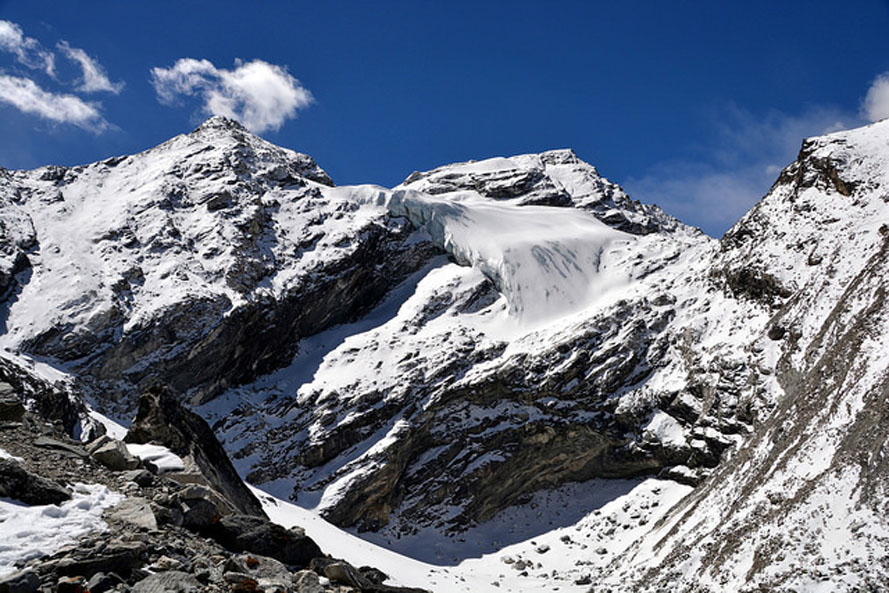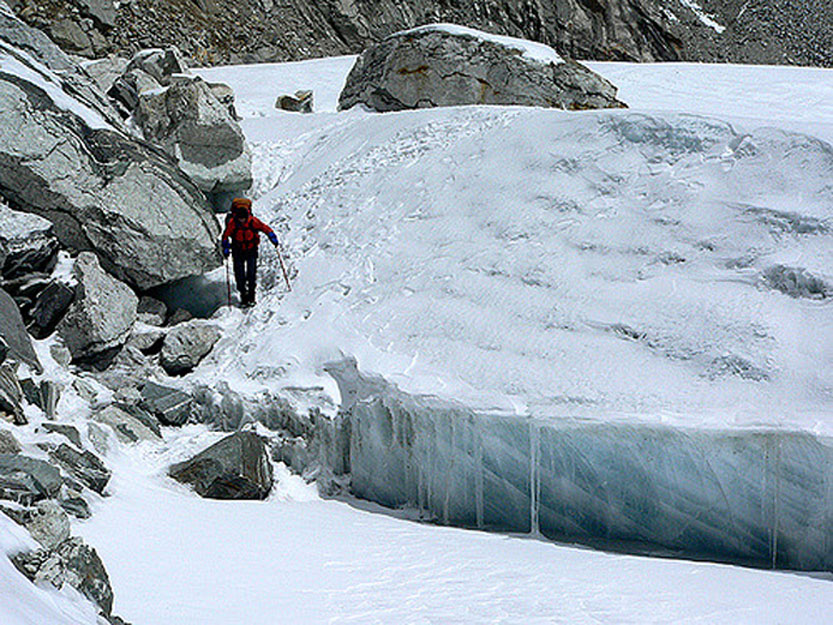Everest Three High passes trek
.jpg)
Everest Three High passes trek is one of adventure trek in Everest region of Nepal. Renjo La pass (5360m), Chola-La pass (5420m), Kongma-La Pass (5535m) and other highlights such as Gokyo Ri, Fifth Lake, Kalapather and Everest Base Camp are the major attractions of this trek. You should have physical fitness and experience to do this trek. The three passes trek offer four of the world's eight highest peaks; Choyu (8,201m), Makalu (8,463m), Lhotse (8,516 m), Everest (8,848m) and other mountains. The three high passes trek Starts at Lukla (2828m/9278 feet) and follows the Dudh Koshi valley which climbs up to the Sherpa capital of Namche, a bustling bazaar that’s a junction for trekkers, the local Sherpa and expedition’s route to the mighty Mt. Everest. All along this part of the trail, its friendly Sherpa people, picturesque villages great variety of culture and traditions, colorful festivals and monasteries. We ascend all the way to Lungden for Renjo-La pass (5360m). Renjo la pass provides a lifetime memory of panoramic views of the Everest and others Himalayan range. The Renjo-La Pass route is off the usual beaten track. An excursion to the fourth and fifth lakes would be an extra attraction in Gokyo Valley from where the views are great. The Ngozumpa Glacier is the largest in the Nepal Himalayas. The Gokyo Ri (5330m/17487 feet) is considered as the best viewpoint in the entire Everest Region.
After exploring this imaging place, we cross over Chola-La pass (5420m) to go to Everest Base Camp. We also have a chance to visit Kalapather (5550m,) for the close view of Mt. Everest and Everest base camp (5364m,) to see Khumbu icefall. Kongma- La pass (5535m) is highest passes in these three passes. The views are excellent from top of Kongma La Pass. After nice view from the Kongma-La top, the trail descends down via Dingboche and Tengboche. We then trek down by making our way back down to Lukla. The Everest Three High Passes Trek can be done by clockwise or anti-clockwise. We can organize it as your desire and requirement clockwise or anti-clockwise.
Trip Hightlight
Everest Renjo La, Chola, Kongma La Pass Trekking - 21 Days
Day 01: Arrival at the Tribhuwan International Airport.
Day 02: Kathmandu full day city Tour.
Day 03: Fly Kathmandu to Lukla (2840m) and trek to Phakding (2610m)
Day 04: Trek Phakding to Namche Bazaar (3440m) (6-7 hours)
Day 05: Acclimatization in Namche (3,440m)
Day 06: Trek Namche to Thame (3,800m) 6-7 hours.
Day 07: Trek Thame to Lungdhen (4,380m) 7-8 hours.
Day 08: Trek Lungdhen to Gokyo Lake (4,780m) 8-9 Hours via Renjo La Pass (5,360m).
Day 09: Climb Gokyo Ri (5,357m) and walking to Fifth Lake. (5-6 hours)
Day 10: Trek Gokyo to Thangna (4,650m – 3-4 hours) overnight at tea house.
Day 11: Trek Thangna to Dzongla (4,843m – 8-9 hours) via Cho La Pass (5414m)
Day 12: Trek Dzongla to Lobuche (4990m - 5 Hours)
Day 13: Trek Lobuche to Gorakhshep (5,180m). Hike to Everest Base Camp (5,360m) 8 hours and back to Gorakshep for overnight.
Day 14: Climb Kalapathar at early in the morning (5,545m) and trek down to Lobuche (4990m) 6-7 hours.
Day 15: Trek to Chukung via Kongma La pass (5,540m) (7-8 hours)
Day 16: Trek Chukung to Tengboche (6-7 Hours - 3860m)
Day 17: Trek Tengboche to Jorsalle via Namche. (6-7 hours)
Day 18: Trek Jorsalle to Lukla. (6-7 hours)
Day 19: Fly Lukla to Kathmandu (25-30 minutes)
Day 20: Easy and Rest Day at Kathmandu
Day 21: International Departure.
Everest Renjo La, Chola, Kongma La Pass Trekking - 21 Days
Day 01: Arrival at the Tribhuwan International Airport.
Arrivals at Kathmandu Tribhuwan International Airport, Then welcome by our office representative, and transfer to the respective hotel. After checking in to the hotel, meet our experienced trekking guide then detail briefing about the Trekking. Trekking permit collection as well as other required documents for the trekking. Finally settle down all the payment procedures.
Day 02: Kathmandu full day city Tour.
After the morning breakfast, briefing about the Kathmandu full day city sightseeing. i.e Swoyambhunath, it is one of the holiest pilgrims for Buddhist and Hindus, and it is located at the hilltop in the Kathmandu also popularly known as the monkey temple.
Then after we drive to Bouddhanath stupa, which is also the main important shrine for Buddhist around the world. Bouddhanath Stupa is one of the largest spherical Stupa of Nepal and one of the largest Stupa in the world. Then finally we drive for Pashupatinath.
Pashupatinath is located nearby Bouddhanth, this temple is one of the major important sacred pilgrim site for the Hindus around the world. And not to forget all above three shrines are enlisted in UNESCO world heritage site. Finally drive back to hotel, then have some rest, prepare for trekking which starts from tomorrow. Overnight.
Day 03: Fly Kathmandu to Lukla (2840m) and trek to Phakding (2610m)
Early morning drive to Kathmandu domestic Airport then fly to Lukla, this will take around 25-30 minutes. After Landing at Lukla Airport, we Trek to Phakding. The trek to Phakding is an easy walk for the first day with a mostly downhill leg. The trek will take you through pastoral lands through several small villages and farms. Approximately after 3 hours, we reach Phakding where we spend our overnight.
Day 04: Trek Phakding to Namche Bazaar (3440m) (6-7 hours)
After breakfast trek Phakding to Namche Bazaar, An easy walk today to Monjo will take you through the pine trees and glimpses of distant snow-capped peaks. You will pass through the checkpoint before reaching Monjo where the officials check your permits. All trekkers to this region require TIMS cards and Sagarmatha National Park Entry Fee. After Lunch at Monjo we will head towards Namche. After one hour walk you will cross the bridge in over Dudhkoshi River and start climbing to Namche. Stay at hotel and lodge.
Day 05 :Acclimatization in Namche (3,440m)
This day is for acclimatizing. During the day you can visit Syangboche (3-4 hours) two ways. You can make your days more effective by viewing Mount Everest, Amadablam, Nuptse, Thamserku. Stay overnight at Namche.
Day 06: Trek Namche to Thame (3,800m) 6-7 hours.
The walk is very peaceful since le trekkers are in this section with excellent views of the mountains as it winds in and out of the forest on the side of the canyon. The village is notably the hometown of Apa Sherpa who has made it to the summit of Everest 21 times. There several tea houses for overnight.
Day 07: Trek Thame to Lungdhen (4,380m) 7-8 hours.
Right at the beginning of this stage awaits you a short warm-up ascent to the ancient chortern above Thame. Trekking path almost hide big mountains as we enter to valley in between big hills. There are only three villages without any good tea houses. It could be also hard walking at the end of walk because of less vegetation. Stay overnight at Lungdhen.
Day 08: Trek Lungdhen to Gokyo Lake (4,780m) 8-9 Hours via Renjo La Pass (5,360m).
We start quite earlier today with our packed lunch and enough drinking water. First trail start with serious ascend and reach at flat land big valley. Plesand walk at flat land reach at near Chola. One another serious ascend through loose rock reach finally at top of the pass. see the incredible view of Ngozumba glacier, Mount Everest, Chho-yo, Tabuche Cholatse, Makalu, Amadablam, Thamserku many etc then down to Gokyo lake. Stay overnight at Gokyo.
Day 09: Climb Gokyo Ri (5,357m) and walking to Fifth Lake. (5-6 hours)
Early in the morning steep climb up to the top of Gokyo Ri at an elevation of 5,357m. You get stunning views of the super Gokyo valley, the massive Ngozumpa glacier and an incredible panoramic view of the whole Khumbu Himalayas, including the giants Everest, Lhotse, Nuptse, Makalu, Cho-Oyu and Gychung Kang. Come back to lodge and have warm breakfast. Day hiking up to fifth Lake, Base camp of Choyo. Back to Lodge and overnight.
Day 10: Trek Gokyo to Thangna (4,650m – 3-4 hours) overnight at tea house.
This is an easy day walking through the Glacier which is the longest glacier of Nepal called Ngozumpa glacier. Early reaching at Thangna can be another well preparation day of Chola pass. Hiking little-bit around the hills help you get more fit for next day.
Day 11: Trek Thangna to Dzongla (4,843m – 8-9 hours) via Cho La Pass (5414m)
Today is the hardest day of the trip. Start your trekking after early breakfast. Start steep climbing for a while and the trail drops down to the bottom of the Chola. After that the trail leads you through the rock toward the top which is steep climbing. Enjoy stunning view from the top and trekking easy and down to Dzongla. Stay overnight at Dzongla.
Day 12: Trek Dzongla to Lobuche (4990m - 5 Hours)
After the breakfast we trek from Dzongla to Lobuche, this takes around 5 hours of Gentle and ascending walks. We also could trek further to Gorakhshep but it is far better to have short trekking up to Lobuche and get rests for another days tough hiking. Stay overnight at Lobuche.
Day 13: Trek Lobuche to Gorakhshep (5,180m). Hike to Everest Base Camp (5,360m) 8 hours and back to Gorakshep for overnight.
Day of reaching at base camp of highest peak of the world, you are at the day of reaching your dream. It is better to start trekking as earlier as possible after your breakfast. The trekking trail to Everest Base Camp is not hard but it is continuously ascending and descending at glacier rocky trail. Everest base Camp is extremely beautiful. Panaromic Mountains including Everest is surroundings. We will come up to near from Khumbu Glacier and see icefall from slopes of Mount Everest. We than come back to Gorakhshep for our overnight.
Day 14: Climb Kalapathar at early in the morning (5,545m) and trek down to Lobuche (4990m) 6-7 hours.
We prepare with our small bag with hot drinking water and some nuts. It is about one and half hours climbing. When we start, it will be dark and cold. Get sunrise view and panoramic mountain views which is probably the best view ever in this trekking. We come down to Gorakhshep and have breakfast, then hike back to Lobuche and overnight.
Day 15: Trek to Chukung via Kongma La pass (5,540m) (7-8 hours)
After breakfast at the lodge, your day will start walking through Khumbu glacier towards east. After crossing the glacier and river the trail leads up to the pass which is the highest pass of this trip. There will be no tea shop and water resource so you will have to carry few bottles of water to drink. After a hard climb to the top, the trail drops steep down to the Chukung valley where your day ends. Stay overnight at Chukung.
Day 16: Trek Chukung to Tengboche (6-7 Hours - 3860m)
Today is an easy day which is downhill through the valley. The trail continues to lead down to the Dingboche then after walking through the valley we come across a few Sherpa villages. After Pangboche village the trail drops down to the river and crosses the bridge. After that the trail leads up to the Tengboche where the oldest Monastery is situated on the top of the hill. Evening visit Monastery, see the Buddhist chanting ceremony. Stay overnight at Tengboche.
Day 17: Trek Tengboche to Jorsalle via Namche. (6-7 hours)
It is all the way down till Phunki Thanga village. After crossing bridge over Dudh Koshi River trail become serious uphill to Sanasa village, then easy flat and downhill to Namche Bazar. Take your lunch here and trekking back to Jorsalle village. Stay overnight at Jorsalle.
Day 18: Trek Jorsalle to Lukla. (6-7 hours)
Easy trekking back to Lukla from Jorsalle. It is about 6-7 hours easy walking back. You will have enough time to explore lukla and celebration your successful trek.
Day 19: Fly Lukla to Kathmandu (25-30 minutes)
Early morning fly Lukla to Kathmandu this will take around 25-30 minutes. Arrive in Kathmandu Domestic Airport, drive to Hotel, and Check in, breakfast then easy day at your own.. Overnight Kathmandu.
Day 20: Easy and Rest Day at Kathmandu
This will be an easy and rest day for you, on this day you can take a walk around the Kathmandu city, do shopping and other activities as you like. We can also provide you the services according to your choice as per your request. At evening Himalayan icefall trekking ofice will provide typical Nepali farewell dinner, and overnight Kathmandu.
Day 21: International Departure.
After breakfast drive to Kathmandu International Airport for your onward journey.
Cost starts from USD 2600.00 per person (Minimum 1-2 pax basis)
From 3-5 USD 2250.00 per person
From 6-10 USD 2050.00 per person
Included:
• Conservation/national park fees and all government taxes.
• Accommodation in the Lodges in trekking areas.
• All required land Transportation during the Trip
• Experienced & professional Trekking Guide, his Salary, food & Insurance.
• The necessary number of porters
• Kathmandu Valley city sightseeing tour
• Hotel in Kathmandu
• Porter’s salary, foods. insurance &equipment’s
• All meals (Breakfast, Lunch & Dinner) during the trek
• First aid box.
• Celebration dinner after the trip in Kathmandu.
Excludes:
• Medical/personal high-risk insurance (suggest have rescue coverage policy as well)
• Personal Clothing/Gears for the trekking
• Tips for Nepalese staffs
• Nepal Visa Fee
• International Airfare fee
• Hot water Showers during your trek.
• Extra night at Kathmandu.
• Extra night at lukla incase of flight cancellation.
• Internet cost during the trekking
Note: If provided date is not convenient for you then, let us know. We are happy to arrange your appropriate custom trip.
| Start Date |
End Date |
Availability |
Price |
|
| 2018 |
| October |
| 08th Oct |
28th Oct |
OPENED |
1850 |
Book Now |
The major important checklist for the trekking are as follows:
1) Trekking boots - 01 pair with 4 pairs of warm shocks
2) Dawn Jacket - 01
3) Sleeping bag- 01
4) Long sleeves - 02 pairs
5) Sun glass - 01
6) Hat - 01
7) Water Bottle - 01
8) Half Pant - 01
9) Trousers - 02
10 ) T- Shirts - 04
11) Trekking Stick - 02
12) Sunscreen - 01
13) Mosquito repelling cream - 01 ( in case in the low land areas)
14) Rucksack - 01
15) Gloves -01 pair
16) Wind proof jacket- 1
17) Warm Cap-1
18) Personal Medicines
19) Flash light-1
Where are we receive after arrive at Kathmandu airport?
You are met just outside the arrival lounge of the Kathmandu International airport by our officer.
How do I identify your Officer?
Our officer can be identified easily. Our representative from Himalayan icefall standing with your name play card. After meeting you are taken to our private vehicle then transfer to the hotel. He also helps you with the hotel check-in formalities.
Do they carry their luggage themselves?
According to airport rule, as the visitors can meet our representative from Himalayan icefall trekking only outside the arrival lounge, you have to carry your luggage in the trolleys through the custom lobby up to the exit point on your own. After meeting our officer you can hand over it to him. He takes care of your luggage until your check in at the hotel.
Whom should I contact during their stay in Nepal?
We assign one of our officers to look after you, who constantly stay in touch with you during your stay in Nepal. We give you his mobile number. Or you may directly contact our office number also.
Am I fit Trekking? Should I do prior preparation to trek?
In fact, you don't need to be a mountaineer with rippling muscles to enjoy trekking. If you are reasonably fit, have a spirit of mountain journey and like walking, you are always qualified for any trekking in Nepal. You do not need any previous experience. However, we suggest you some physical fitness programs such as running, swimming, hiking before you embark on the journey.
What is tea house trekking? How is it organized?
Almost in all popular trekking trails in Nepal (Everest, Annapurna, Langtang), local villagers have built tea-house lodges. In tea house trek you stay at those mountain lodges and have breakfast, lunch, and dinner in their restaurant. Normally the tea houses are more like hotels with hot showers, continental and Nepali food and comfortable private rooms (twin sharing). If you stay in local hotels, you will also get an opportunity to interact with local hoteliers and their family members and get information about their lifestyle and culture.
What is Camping Trekking? How is it organized?
In a camping trek, you will sleep in our tents. The tents are roomy. The sleeping pads/ mattresses are comfortable. All food is prepared and served by our camping crew. A food you get is hygienic and fresh.
What equipment should I bring?
You should bring your personal wear like walking boots and sandshoes, sandal, a water-and wind-proof jacket, woolen shirts, T-shirts, a thick pullover, shorts/skirts and trousers/tracksuits. Thermal underwear is necessary for high altitudes and cotton is best for lower and warmer altitudes. Also don't forget a water bottle, sleeping bag, gloves, walking stick, knife and sewing kit, torch light with spare batteries, extra boot laces, sunglasses, sun cream, rain coat and personal medical supplies. Bring a duffel bag to put your clothing and equipment in. We provide you, porter, to carry your kit bag.
What kind of food will be served while on trek?
You will be served freshly cooked food during trekking. In all tea houses/ lodges along trekking trail Western, Continental and Nepali dishes are available. Three meals a day will be provided you in full board (Gold) package.
How long do we trek per day and how high?
Up to a maximum of 5-6 hours a day with lunch breaks along the trail. The maximum altitude is depended upon which trek you are going. In Nepal normally the maximum altitude of most of the trekking falls between 3500m to 5000m.
What is the best season for trekking in Nepal? And can I go trekking in the months of January- February, and June- August?
The best time for trekking in Nepal is from mid-September to early December and from March to April.
Beside them in other months also you can do trekking in Nepal but in selected regions.
In January and February, the climate is colder. So, at that time high altitude trekking is not recommendable. For January and February, we suggest Langtang trekking, Ghorepani trekking, Jomsom Muktinath trekking.
Likewise June July August is the rainy season in Nepal. During this time here occurs heavy rainfall. Mountain views are not clear. For this period we recommend Upper Mustang, Dolpo trekking. These are rain shadow areas where rain falls very little.
June July August is also the best time for Tibet/ Lhasa Tour, Mt. Kailash Tour.
What happens if I get sickness during trekking?
To some trekkers when they go over 3000 m they may feel some effect of altitude sickness like shortness of breath and possibly a light headed which is fairly common. Sometime they may also get diarrhea as well as sprains and muscle aches. In such case, our guide who is experienced in first aid treatment and high altitude sickness will advise you about any health requirements and also treat you. Altitude sickness is dangerous but it can be avoidable. If you follow a few simple rules you will not suffer from altitude sickness. Rules are trek slowly with your guide, drink at least two liters of water per day (not including beer or soft drinks),
If you feel shortness of breath, a slight headache or dizziness, tell your guide and rest immediately. Lie down, drink water. If you are still feeling unwell you may consider going down a few hundred meters. Do not pretend you are okay and do not go down alone. For further information of altitude sickness.
What happens in the event of an emergency?
Normally trekkers rarely have an emergency case like serious mountain sickness. Because our staff does not let you have it. Sometimes if there is an emergency incident a helicopter will be called to the spot. You will then be flown with our staff to Kathmandu and taken to the Hospital for treatment. But Helicopter rescue is costly. So we suggest all trekkers do travel insurance covering helicopter rescue and medical.
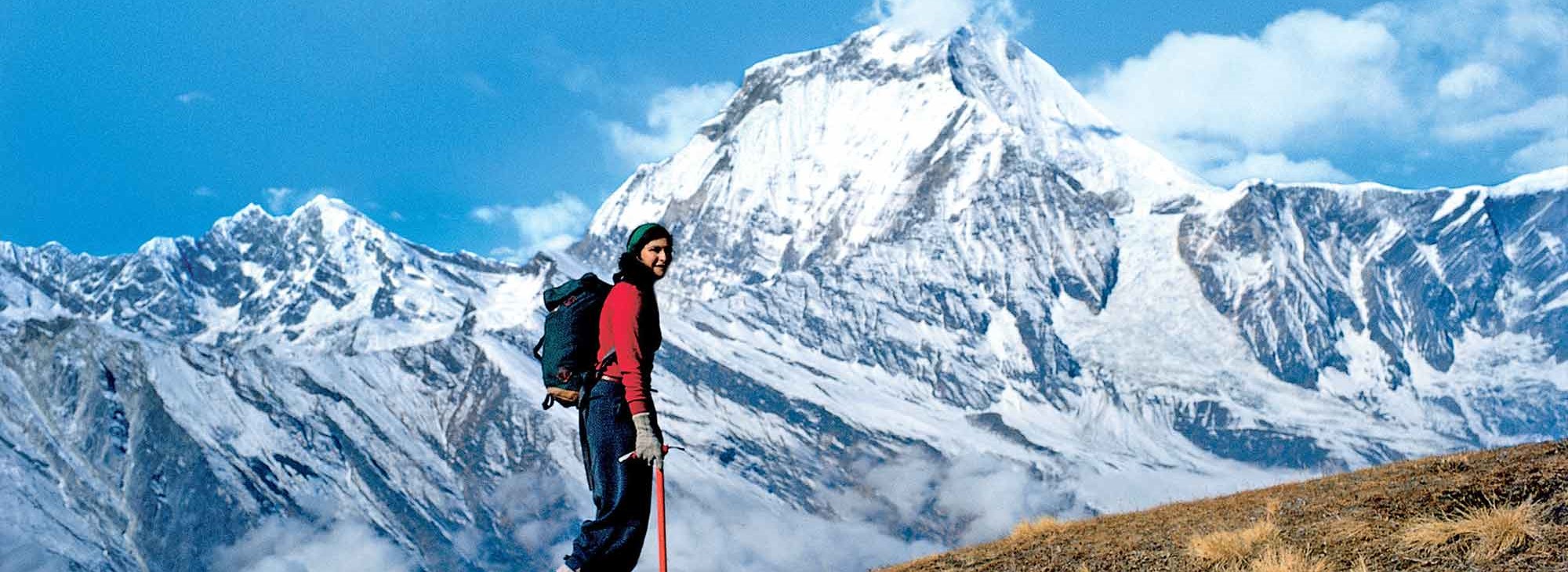
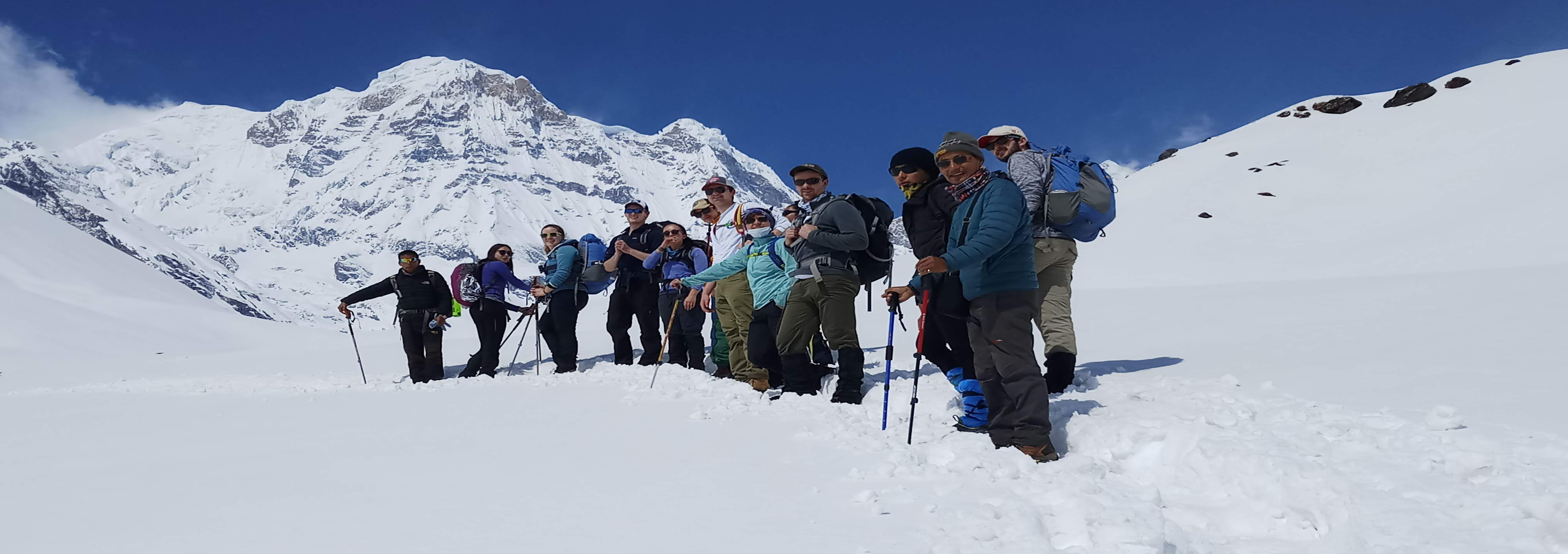
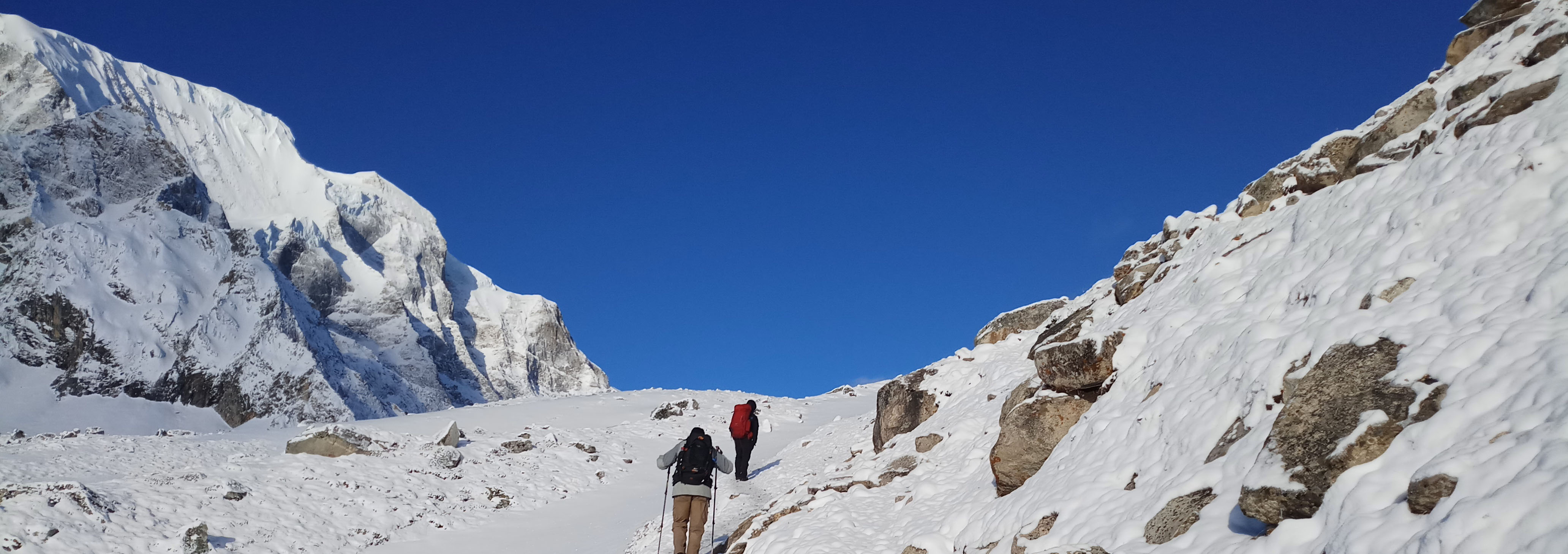

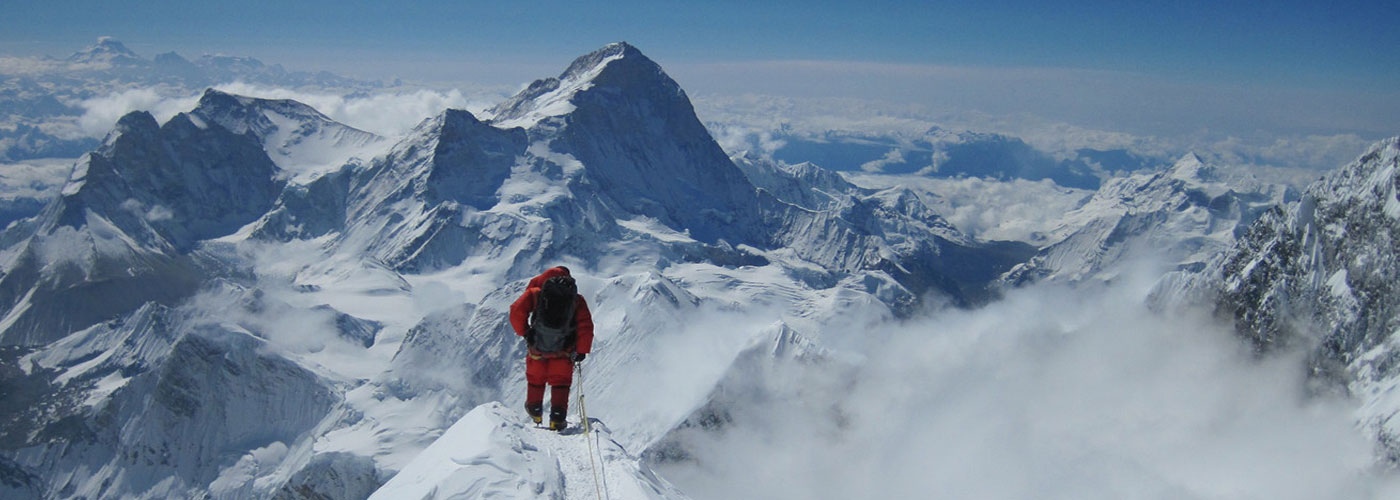
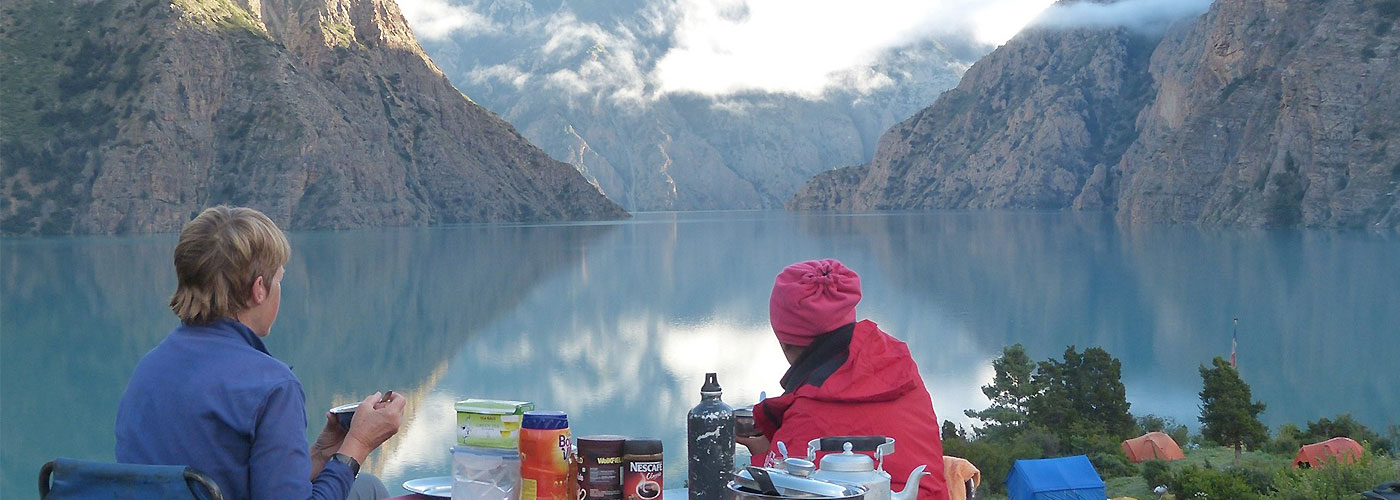
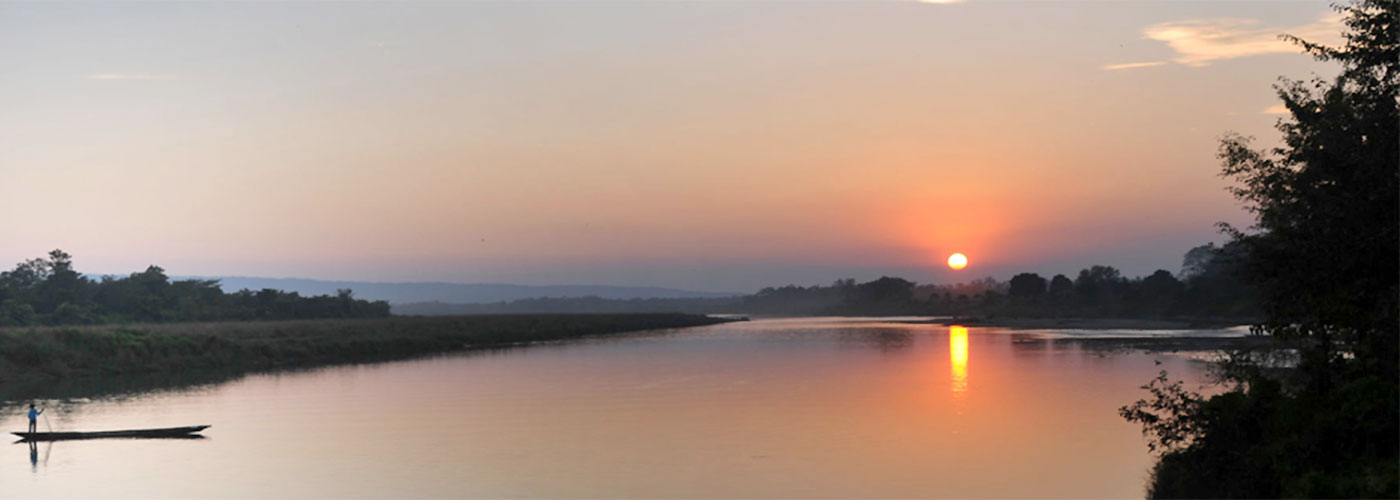
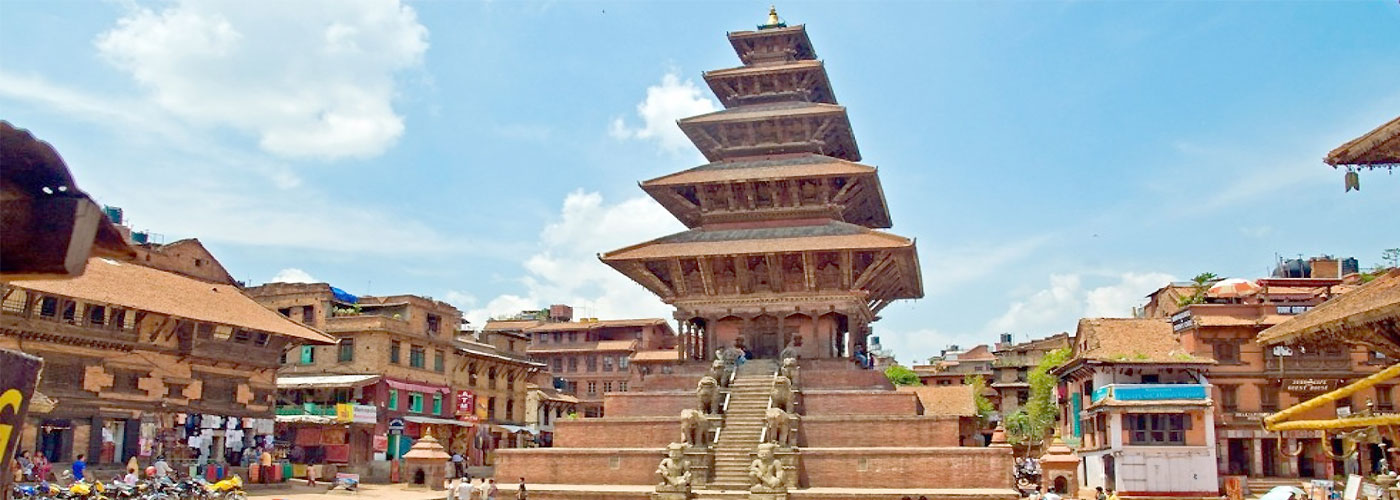
.jpg)
